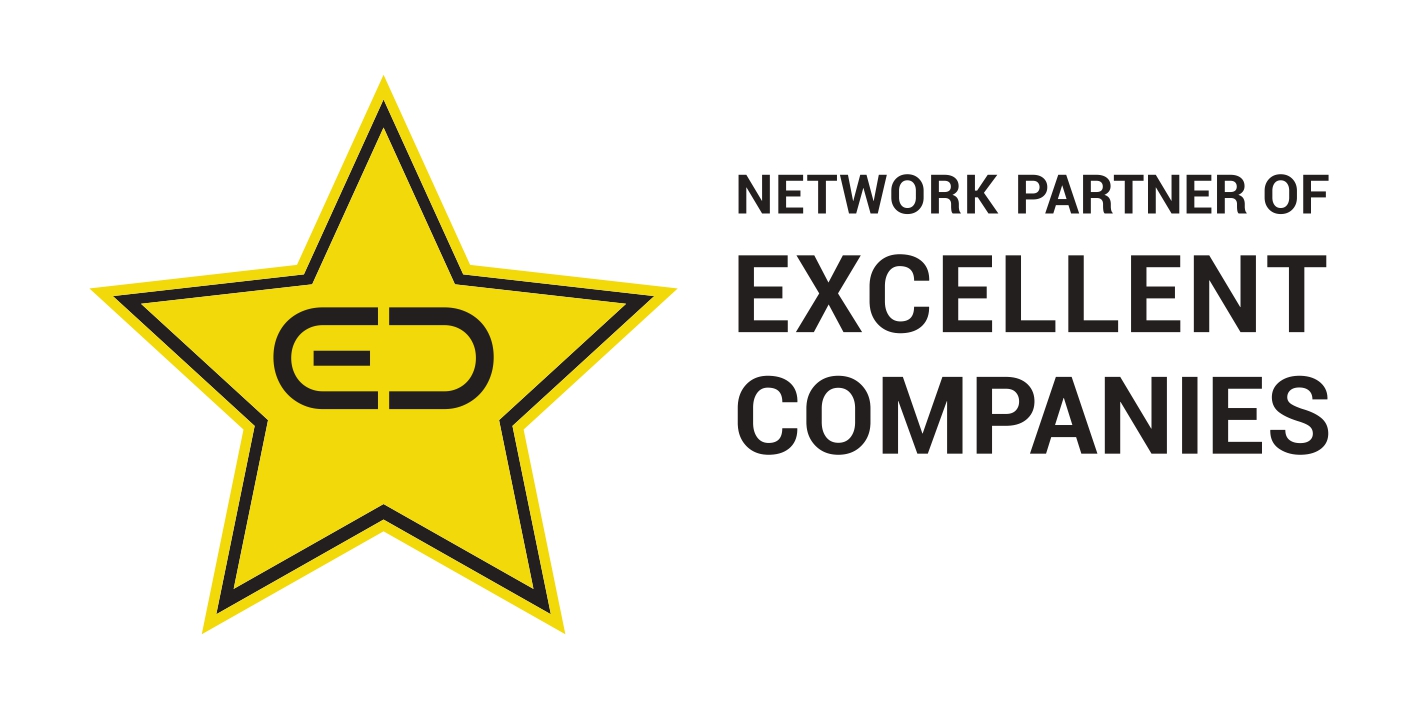December 17th, 2025, posted in for_founders
by Adelina
Many companies, UPDIVISION included, transitioned to fully remote teams in 2020 because of the pandemic. Even for industries like software development, where working from home is common, this still came with some changes. So, how did we manage the transition and what made it successful for us?
So successful in fact, that we continue working remotely in 2022 and we plan on moving forward in a similar manner. All in all, working remotely contributed to our growth as a team and as a company.
Transitioning to long-term remote work. Our story
As a company building custom web and mobile apps for clients from all over the world, remote work has always been, in a way, a part of our daily life. Working with clients from various countries and in different time zones made us acutely aware of how important good communication habits are. As our company grew, we also established a few sales teams in the U.S., Australia, Belgium and, most recently, Germany. This helped us gain more insight into managing remote teams and what this entails in the long run.
Last but not least, an important part of our services consists in scaling development teams. Companies come to us to increase their existing manpower with additional developers, testers, designers, or project managers. Being part of various technical teams throughout the years, each with their own background and dynamic, has taught us a lot about flexibility and adaptability, two key ingredients in distributed teams.
Therefore, although we transitioned to a fully remote team fairly recently, there certainly were a few important stepping stones along the way. These provided us with some core best practices. Ultimately, these best practices allowed us to not only make the transition smoother, but to also grow in this new environment.
These best practices consist in transparency, communication, security and accountability.
Transparency
Being transparent about tasks, responsibilities, delays or blockers is important in any team, but it becomes crucial once everyone is working from home. More on the tools we use to keep things transparent in the following sections.
Communication
From regular all-team meetings to one-on-ones, keeping everyone in the loop is a must. This makes people feel heard and reminds them that they are part of a team. We hold weekly all-team meetings where we talk about what we accomplished the previous week and we thank colleagues who helped us out. Once every three months we have one-on-one meetings with team managers. You can read more on our processes in the next sections.
Security
Security is particularly important when accessing data from home. From implementing two-factor authentication to using a password manager, there are ways to manage security issues when working remotely. We`ve included security training as part of our transition towards a fully remote work environment.
Accountability
Accountability is as much a matter of company culture (setting clear expectations, creating a work from home policy etc.), as of individual traits. Hiring people who take responsibility for their work and performance is key for a successful remote team. Not everyone can work in a fully remote environment, that's why it's important to tailor your recruitment strategy to finding the right people, as we`ll see next.
The three ingredients for a successful remote team
In making the transition to a fully remote team, we`ve found there are three important ingredients which can make or break any remote work setup. These are the people, the tools and the processes.

1.) The people
Obviously, the people. You can't have a remote team without the team. But what makes someone fit for remote work? And how can you model your recruitment strategy to attract the right fit?
By the time we started working 100% remotely, most of our colleagues already had at least some experience with distributed teams: attending remote dailies with clients and working part-time or full-time as part of client in-house teams. This helped a lot when we started hiring for our own fully remote positions and enabled us to see some common patterns.
In our experience, great remote employees tend to have these things in common:
- they are self-reliant and proactive: they don`t wait for things to be handed to them and are able to think outside of a task list, if needed.
- they have an innate sense of what's important or urgent - sometimes, when working remotely, especially in a fast-paced environment like a start-up, priorities can be unclear. In this case, you`ll want someone who can focus on what's important and ignore anything less impactful.
- they have a contracting, freelance or start-up background: while it`s not mandatory, we found this to be true time and time again. People with a contracting or freelance background are more adapted to long-term remote work. In fact, more than half of our team members come from such backgrounds.
- they are good at writing: working in a remote team means a lot of writing, be it emails, team chat or private messages. It's important to convey your message clearly, while also keeping it friendly. In fact, we`ve found writing skills to be so important that we've created a framework called ONE=MOR part of the The Whole Fruit Manifesto. This is designed to help software developers communicate better in writing and make them aware how writing can help them in their career.
So how do you attract such people?
- write a good remote job post: this might sound like a no-brainer, but make it clear from the start that it is a remote position. Specify if it's fully remote or not. Avoid generic openings and try to tailor it as much as possible to the position at hand. Include company benefits that a remote employee would appreciate and maybe even mention how onboarding will be done. This will reassure candidates that, if they do get hired, they will be fully supported in adjusting to their new workplace, even while working remotely.

- ask behavioral interview questions: let's say you've noticed that a common trait among good remote employees is proactivity. During the interview, ask the candidate to describe a situation when they exhibited this trait. For example: “We can sometimes recognize a small problem and fix it before it becomes a major problem. Give an example of how you acted to prevent a larger problem from occurring.”
- look in the right places: simply posting ads on remote job boards runs the risk of attracting people who are only interested in working from home. They might not care about the position and not even be qualified for it. That's why, when hiring for remote positions, it's important to diversify your channels. Recommendations and word of mouth are best, but you can also engage potential candidates through your social media and even your company blog.
2.) The tools
Tools are vital in keeping everyone on the same pages and allowing them to collaborate in a remote team. We use an ecosystem of tools to make remote work easy for everyone involved. Here are the ones we rely on most in our daily work.
Communication
We use Discord as our virtual office. This is where we talk about ongoing projects, reach out for help or advice and decompress after a long day. We usually have separate chats for each project, where we post all project-related information, from client communication and documents to related files and links. We also have dedicated channels like #cookiejar where we share useful dev resources and articles on technology or #autobaza where we react to memes and post funny stuff.
For video conferencing and team met-ups, we use Google Meet. We`ve tried a few solutions, such as Skype or Zoom, but we settled on Meet since it integrates with the entire G-suite.
Project management
Keeping track of tasks in a transparent way is a must when working remotely and ClickUp allows us to do just that. You can easily reorder tasks in your Kanban board, include additional status columns and even add an estimate for each task. Team members can add comments for each task, assign tasks, share documents and receive notifications for any changes.
For project time-tracking we use Toggl, where each team member can add the time they spent working on a specific project. Toggl makes it easy to switch between tasks and edit time if necessary.

Source: https://clickup.com/features
Password management
Data security is important when working from home, especially when accessing client data. Keeper Password Manager and Digital Vault allows us to securely share passwords among team members. For example, you can share a login without making the password visible, revoke sharing or even make the recipient an owner of the item.
Cloud storage
When working remotely, you need a way to offer team members and collaborators access to important documents and files. Some of these are too large or too sensitive to be sent via email. That's why we use Google Drive as our file storage platform. Most of our clients also use Google Drive, so this makes collaborating with them in real-time a lot easier.
Development
GitHub houses all our code, pull requests and open issues. All work is done via the cloud platform, so as we make changes to our projects locally, we keep them up-to-date in our remote repositories as well.
3.) The processes
The third key element in making working remotely work for you is the processes you put in place. Processes don`t have to be something rigid or abstract, you can think of them as a framework for how you work or as the structure which sustains your daily work.
Dailies
We work in Agile teams, so dailies are an important part of our workflow. We use dailies as an opportunity to get together on a regular basis and coordinate our activities. To organize our tasks we use a priority matrix template. Each task can be either: important and urgent, important and not urgent, not important and urgent and not important and not urgent. This is also called the Eisenhower Matrix Template.
Weekly all-team meetings
Every Friday, we have an all-team meeting where we discuss what we achieved during the week and thank team members who helped us with anything from code review to good advice. Sometimes, we also share fun stuff we plan to do during the weekend or movie recommendations. Occasionally, these meetings end up with everyone playing Mario Kart :) Weekly all-team meetings are a way to keep everyone in the loop on projects, while also enjoying a bit of peer recognition.
One-on-ones
Every three months, we hold one-on-one meetings with team managers. For us, one-on-ones are more than just about getting feedback from your supervisor. We think they're also a great learning opportunity and a way to help everyone see things more clearly. That's why our one-on-ones follow the “stop, start, keep” format. Each person discusses bad work habits they would like to stop engaging in, things they would like to start doing at their job and things which have turned out great and they would like to keep doing.
Monthly developer meetings
We believe in a culture of accountability and learning. Everyone is accountable for their work and everyone learns something from everyone else. Developer meetings are for us a great way to exchange hard-earned lessons, share technical challenges we've overcome, latest news and industry insights. We usually prepare a list of topics in advance in a shared document all developers can contribute to. Each person decides what they would like to talk about. Sometimes we also host workshops, where a developer presents a new technology they`ve been getting familiar with.
Frameworks
The best way to master something is to put it into a system. Once you are able to explain how something works in a systematic way, it means you are walking on solid ground. To this end, we`ve created several frameworks to guide us in our daily work and to give clients a good understanding of what we do and how we do it. These frameworks concern writing, UI/UX design and building an MVP.
ONE=MOR Framework - a set of guidelines for writing effectively designed to help developers communicate better.

UFO Framework - a UI/UX framework explaining how the UI/UX process works, what to expect and how to build great apps. The kind your users deserve.
MVP Framework - the framework details the five steps of building an MVP: first impression evaluation, product discovery, technical solution and MVP estimates, MVP project planning, coding the MVP and continuous development.
Looking for a strong remote team that has experience working across technologies, time zones and countries? Contact us.


















